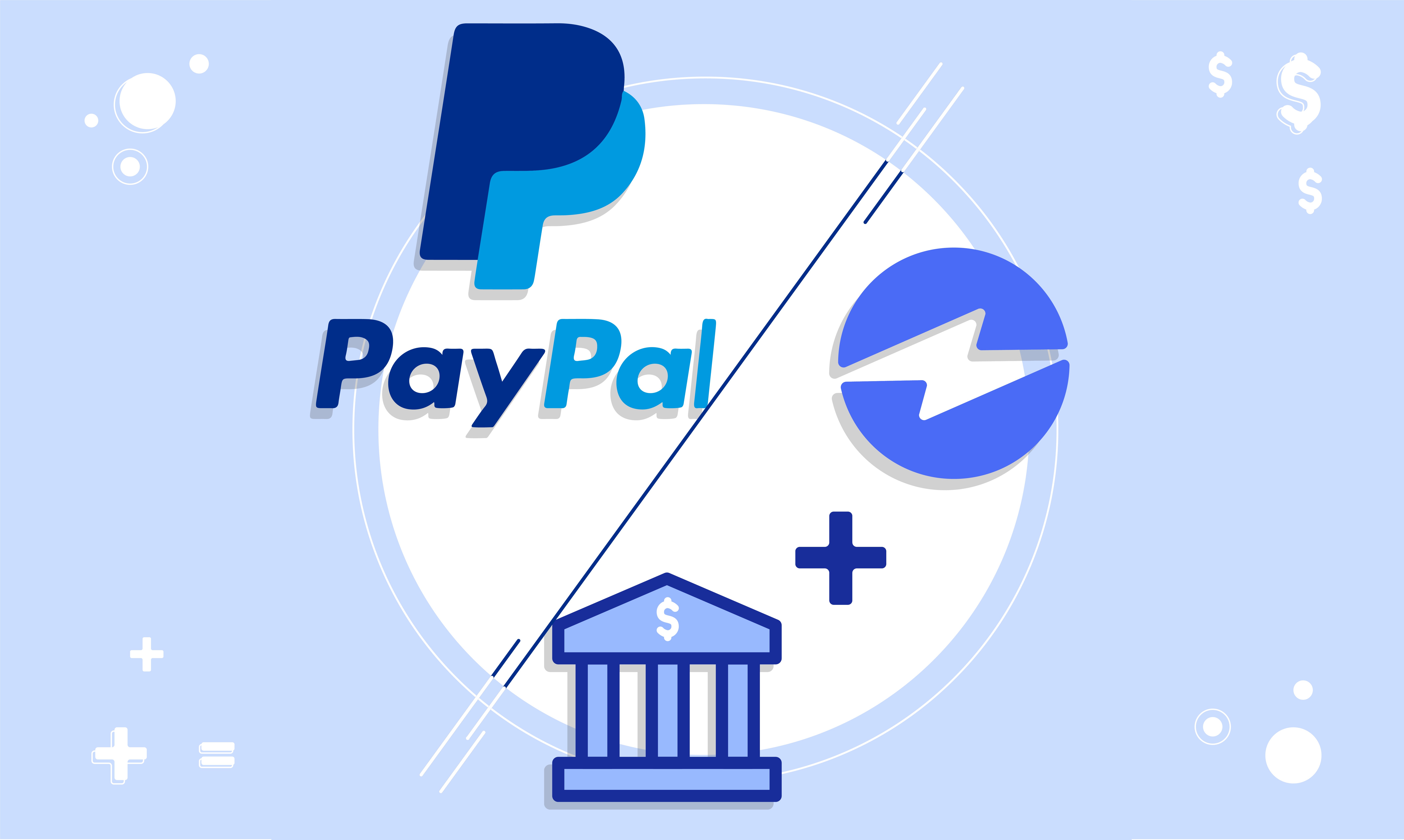Blog > PayPal vs. Merchant Account
PayPal vs. Merchant Account
When launching an eCommerce site, choosing the right payment processing service can make or break your business.
Hidden fees, availability of funds, and access to offshore accounts are all important when comparing services. PayPal is one of the largest payment processors in the world, due to its easy setup and maintenance. What many business owners tend to overlook is how PayPal’s fees stack up against a much more flexible merchant account.
Let’s break down the numbers to truly understand the market. First, let’s understand the size difference between PayPal and the rest of the merchant processing account.
PayPal’s total revenue in 2020 was $21.4 billion, generated from their 361 million active PayPal accounts and over 20 million merchant accounts. Breaking it down further, that accounts for roughly 42 million transactions and over $58 million per day. That’s generating some major cash flow!
Now that we recognize the enormity of the PayPal giant, let’s compare the way they charge fees to the industry average of fees charged by other merchant processing companies.
PayPal’s Drawbacks
- They can only process 26 currencies.
- Limited number of industry verticals (around 200 markets).
- Online transaction fee: 2.9% + $0.30 per transaction.
- Standard credit and debit card purchase fee: 2.99% + $0.49 per transaction.
- Monthly Fee: $0 – $30 (depending on your services and how nice your agent was)
- Funds are not directly deposited into your business account, but rather, deposited into a PayPal account.
- PayPal is not a bank, therefore isn’t required to follow federal banking regulations.
- Funds are not always made immediately available.
Now, let’s have a look at what a merchant account looks like through another provider:
- Average monthly fee: $9.00
- Average transaction fee: 1.8% + $0.12 per transaction.
- Flexibility and merchant control.
- Ability to create coupon codes.
- Can create and manage customer accounts.
- Ability to create mailing lists.
- Funds are deposited directly into the merchant’s account.
- Easier access to offshore accounts.
- Better reporting features.
On average, merchants overpay monthly fees by a minimum of 18-35% when processing with PayPal. Why is this? Mainly due to a lack of knowledge of the specific industry and PayPal’s brand image.

Everyone sees PayPal as a safe and easy way to accept payments. However, new merchants rarely see the limitations associated with PayPal due to the hazy information you get from the credit card processing industry.
Hopefully, this information will help you reevaluate your business model to make the necessary adjustments to improve your bottom line and yield long-term success.
For further information on finding the right merchant account for your business, please check out this video.
 Get a free cost-comparison of your current payment processing costs vs. EBizCharge
Get a free cost-comparison of your current payment processing costs vs. EBizCharge 